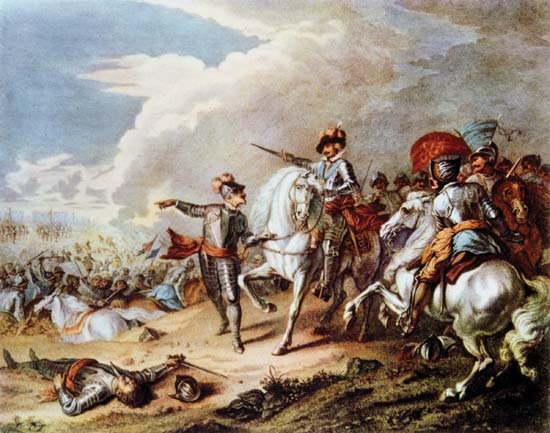
While King Charles III has just announced plans for his coronation plans this coming May, a King Charles of the past is also back in the news again.
Archaeologists in Warwickshire have uncovered evidence that points to an earlier start to the first battle of the civil war, which saw the demise of King Charles I. The first recorded battle of the English Civil War took place in August of 1642 at Curdworth Bridge, but this new information may change that stance.
Stuart Pierson, an archaeologist for Wessex Archaeology, is carrying out excavations for the HS2 route that will run from London to Manchester, with separate branches to Birmingham and East Midlands.
Pierson’s team has now completed their surveys of a gatehouse at Coleshill Manor, where they found over 200 impact marks, as well as many musket balls. This evidence suggests that the Parliamentarian forces who would win the Civil War and eventually abolish the monarchy first opened fire at Coleshill Manor and not at Curdworth Bridge as once thought.
It can be difficult to reconcile archaeological records with written records of the Civil War, as the surviving written records primarily focus on major battles and events. Historians are continuing to work on this project to determine events in 1642.
The dig and its findings will air on Digging for Britain, airing on BBC on Sunday.
King Charles I was the second Stuart monarch in England, taking the throne after his father, King James I. He believed in the divine right of the monarch and believed that the monarch should be able to rule without the interference of parliament.
Royalist forces who supported Charles lost the war to the Parliamentarians. Charles was executed outside of the Banqueting House in Whitehall on 30 January 1649.
His son, King Charles II, was invited back to England to take the throne when the monarchy was restored in 1660 after he grew up in exile on the European mainland.

